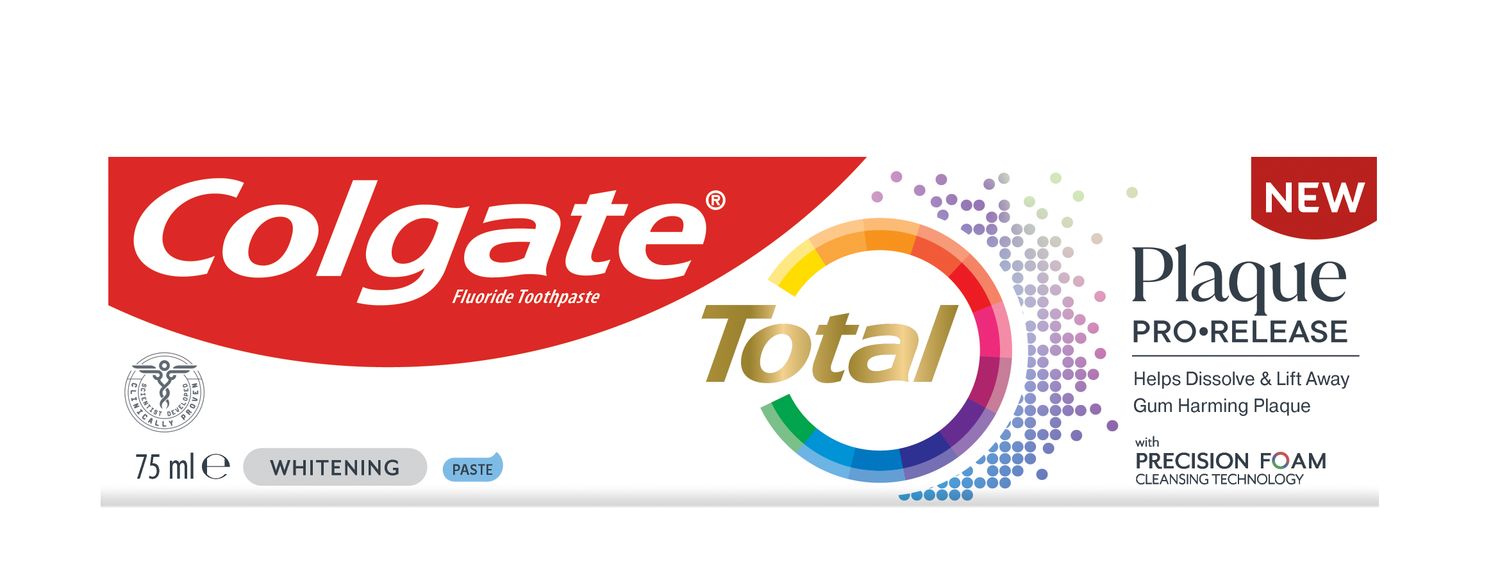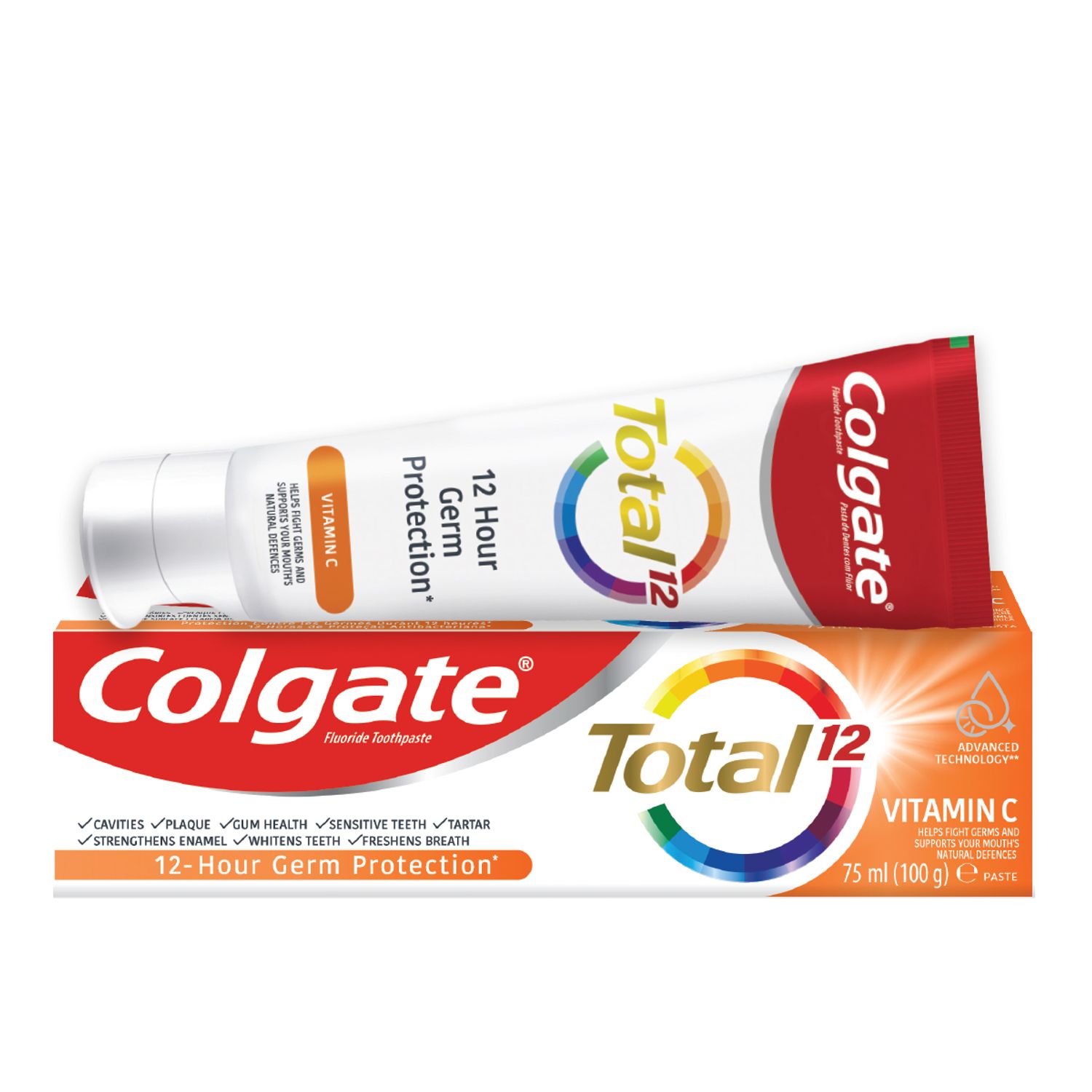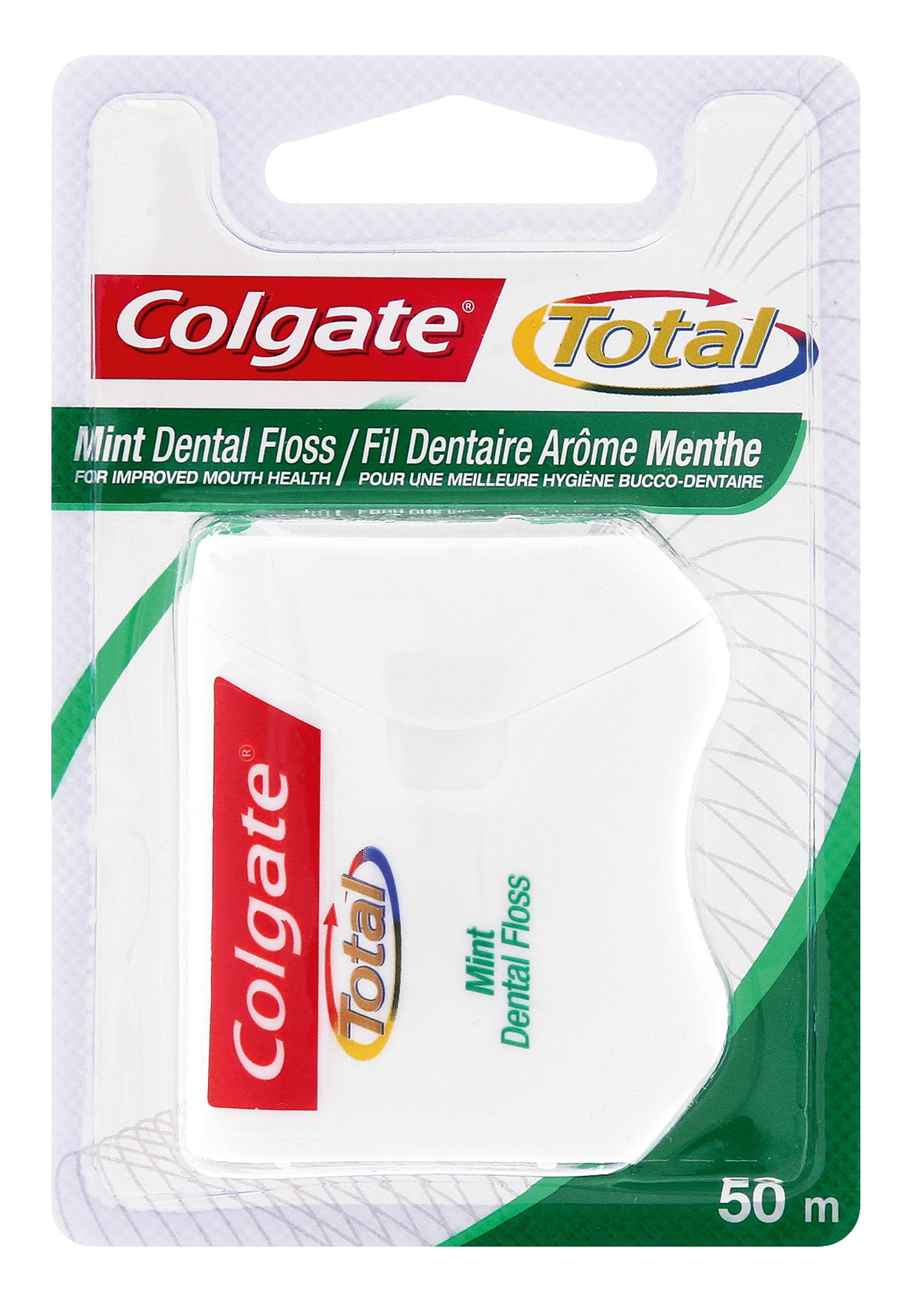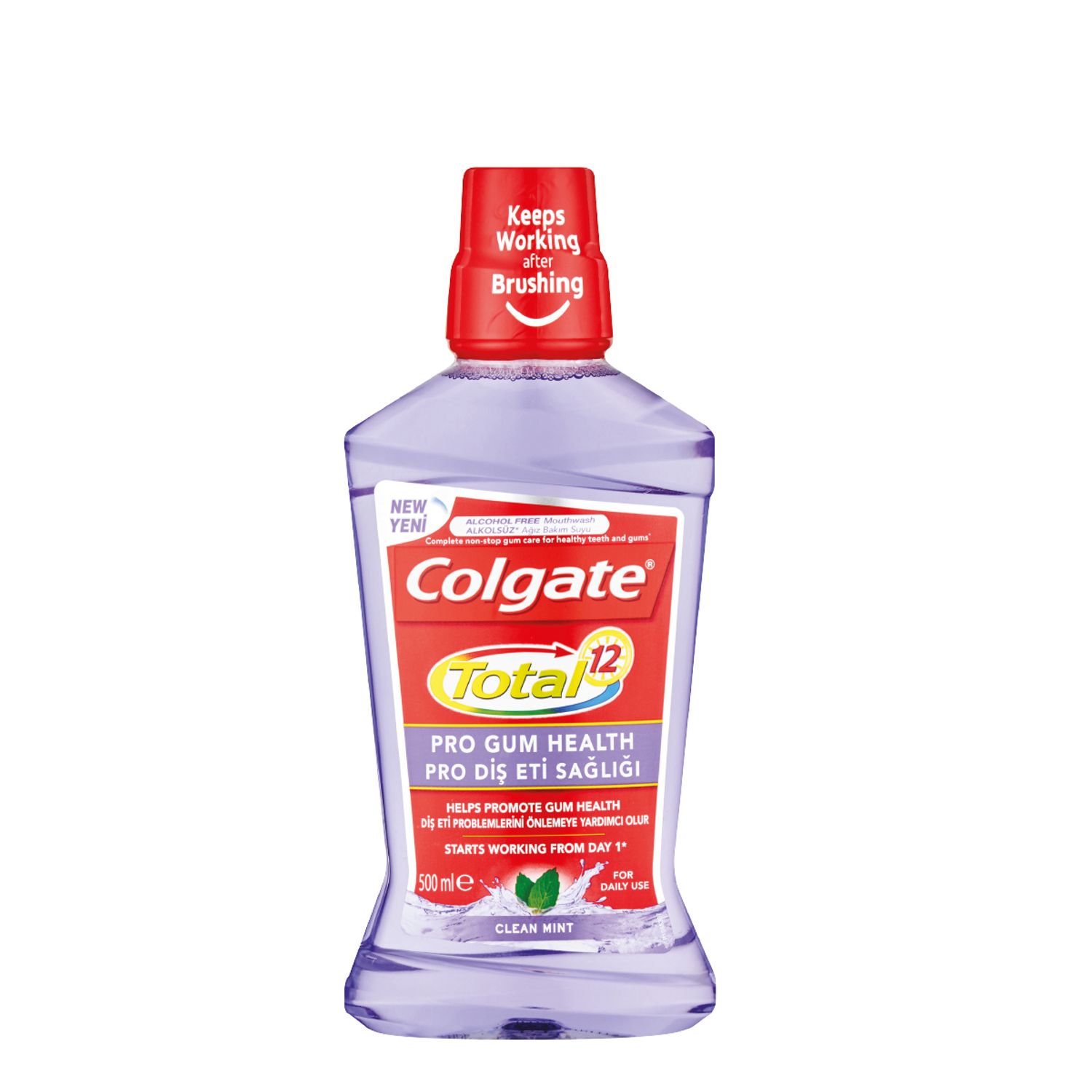-
-

CAVITIES
Can You Heal A Cavity At Home?You feel a sharp pain when you bite down or try to eat. You think it's a cavity, but you're not 100 percent sure...

BAD BREATH
How To Cure Bad BreathMore commonly known as bad breath, halitosis is an embarrassing hygiene issue that nobody wants, but some of us get every now and then...
-
Science & Innovation
- Colgate® | Toothpaste, Toothbrushes & Oral Care Resources
- Oral Health
- Dry Socket Treatment After Tooth Extraction


What is dry socket and what is the best dry socket treatment? Dry socket occurs occasionally after the extraction of a permanent tooth, usually a wisdom tooth, most commonly on the mandible or lower jaw. Just when you think you're over your tooth extraction experience, you feel a sudden spike in pain and discomfort! What may be happening is the formation of a dry socket – a condition that results when the newly formed blood clot at the extraction site becomes dislodged or dissolves during healing. This exposes the bone and nerve endings and causes an intense, throbbing pain. If this occurs, you will need to call the dentist or oral surgeon.
Signs and Symptoms
Signs and symptoms of a dry socket may include:
- Severe pain at the tooth extraction site a few days after your procedure.
- Loss of blood clot, revealing an empty-looking socket or visible bone.
- Discomfort that radiates to the jaw, ear, eye or temple.
- Bad breath and an unpleasant taste in your mouth.
- Swollen glands and a low-grade fever.
A certain amount of discomfort and pain is normal after having a tooth extracted. If the pain medication prescribed by the dentist or oral surgeon initially is not sufficient to manage the pain, however, you should return to the office immediately for dry socket treatment. The doctor can then inspect the extraction site and take steps to alleviate the pain and discomfort.
Treatment
The treatment for dry socket involves irrigating the area with sterile saline and/or chlorhexidine – a commonly used oral antibacterial rinse. Your oral surgeon may then want to pack or protect the area with a sterile medicated dressing that may need to be changed several times during treatment. This step will result in almost immediate pain relief and allow the healing process to begin again.
You may be instructed to continue your pain and antibiotic medications in addition to taking a prescription to help alleviate any swelling. You should also keep the area clean by following your oral surgeon's instructions. This may involve using a syringe with warm water to flush out food debris and germs as the socket heals properly. Also, maintain your regular brushing and flossing routine throughout the rest of your mouth, taking special care around the dry socket site. Once dry socket treatment has started, pain and discomfort will begin to diminish and greatly improve in a few days.
Dry socket is a painful complication of tooth extractions, but for the most part, it's an avoidable one. The key is to have a healthy oral environment before seeking an extraction. Don't smoke, and follow good habits like regular brushing with a hydrated silica toothpaste, as well as regular dental check-ups. Also, following the oral surgeon's post-operative instructions for self-care is crucial. Refraining from rinsing or sucking on a straw for the first 24 hours, for instance, will help to achieve a normal, uneventful healing.
Related Products

Helping dental professionals
More professionals across the world trust Colgate. Find resources, products, and information to give your patients a healthier future










